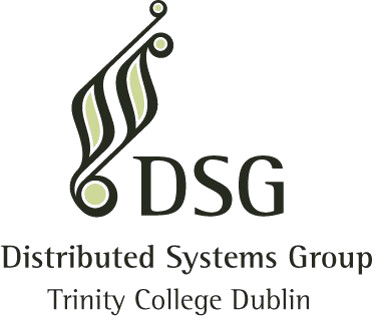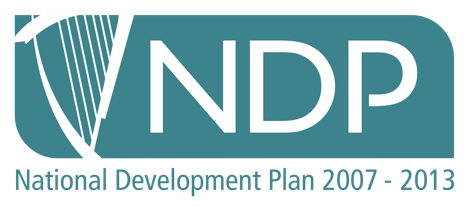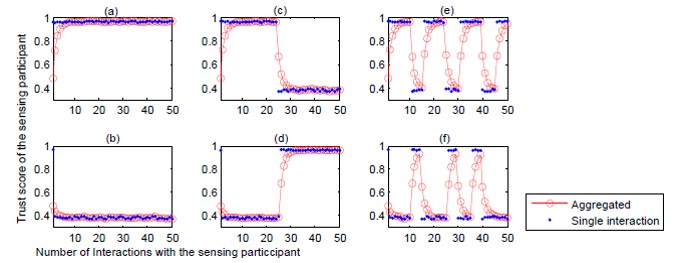Trust Evaluation for Participatory Sensing
Participatory sensing plays an important role in sensing urban environments and developing smart city applications to improve citizens’ quality of life and enable sustainability. However, the characteristics of a participatory sensing campaign may lead to low-quality, misleading, or conflicting data, therefore knowledge of the participants' competence to collect data is vital for an effective urban data collection campaign and the success of these applications. This work presents a methodology to compute trust in the participants of a participatory sensing campaign.
System Details
Participatory sensing based applications expect a sensing participant entity to collect high-quality data. Thus, we define trust in a participant entity as the belief in the competence of an entity to collect high-quality data. The Trust Manager is a trust evaluation system that takes predictions, based on sensing participants' data contributions and user feedback as its input and evaluates trust in the sensing participants. As it's shown in the figure below, the main components of the Trust Manager are the Error Analyzer, Quality Evaluator and Trust Evaluator.
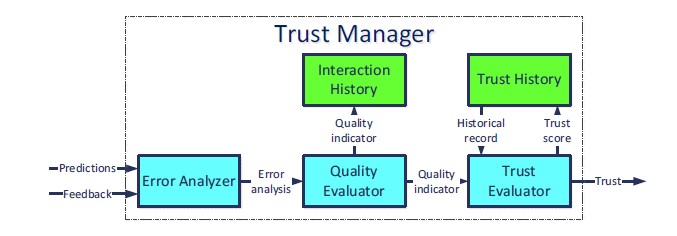
Contributions
The contributions of this work include the definition of the trust in participatory sensing participants, a strategy to bootstrap sensing participants' trust score, a methodology to evaluate the quality of sensing participants' contributed data, a novel approach to compute participatory sensing participants' trust score and a methodology to dynamically adapt the trust score to the varying quality of sensing participants' data contributions.
Experiments
We used DublinBus data to simulate different sensing participants' behaviours over multiple interactions and developed a prototype participatory-sensing-based bus arrival time prediction system which is called BusWatch.
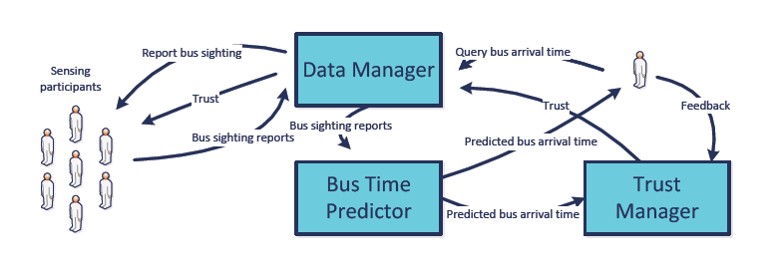
The quality of the sensing participants' data contribution (i.e. bus sighting reports) is evaluated. The figure shows the prediction residuals and corresponding quality scores for each bus sighting report.
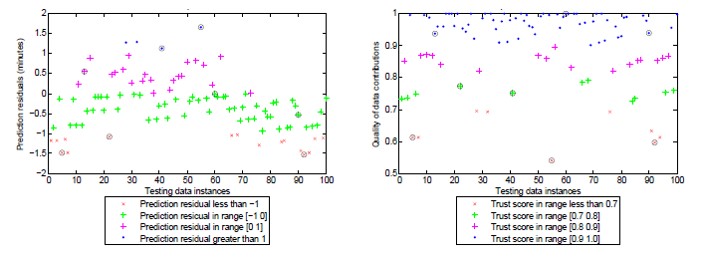
The trustworthiness of the sensing participants is computed by combining the quality score of the data contribution with their historical trust score. For the next step different sensing behaviours are simulated. The figure below shows the evolution of the sensing participants' trust score over multiple interactions for simulated sensing behaviours.
Conclusion
People
Atif Manzoor, Mikael Asplund, Mélanie Bouroche, Siobhán Clarke, Vinny Cahill
Sponsors
